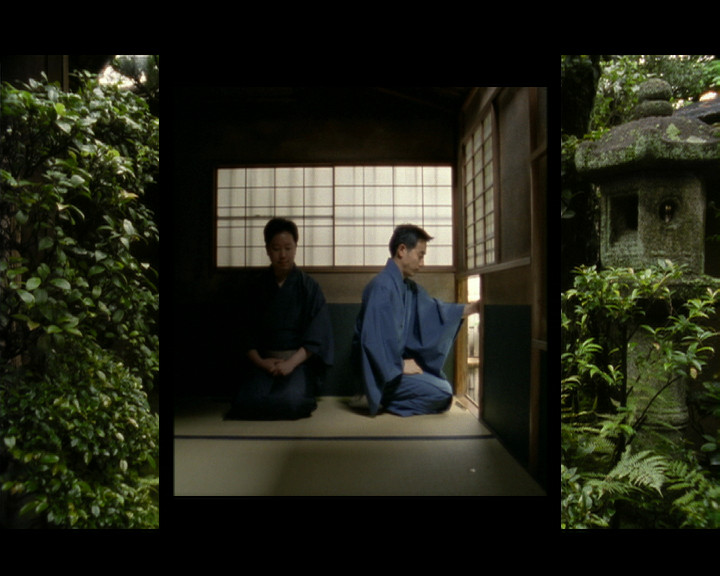‘’In the background there is still invisible Japanese tradition’’, expresses Kisho Kurokawa, in an excerpt from the film ‘Kochuu’. He puts an emphasis on Japanese tradition, an architectural tradition that rejects symmetry despite the utilization of high-tech. He contemplates the Nakagin capsule tower (1972) a mixed-use residential and office tower located in Tokyo, Japan. The first of capsule architecture built for practical and permanent use.
Jesper Wachtmeister’s ‘Kochuu’ is based upon the influence and origins of Modernist Japanese architecture. Through visions of the future, tradition and nature, it amplifies elements of Japanese tradition and its impact on Nordic design. The narrative tells us of how contemporary Japanese architects strive to unite the ways of modern man with old philosophies to create anew.

‘Kochuu’ meaning ‘In the Jar’, refers to the Japanese tradition of constructing very small, enclosed spaces creating the illusion of a separate universe. A reflection of the modernist Japanese community, the Nakagin capsule is a rare remaining example of Japanese Metabolism, symbolic of post-war cultural resurgence. A single capsule can be used for multiple means, it could be a bedroom, an office or a hotel room. The theory is that numerous capsules make a house. As a nod to tradition, these capsules are the exact dimensions of a traditional tea-room, a subtle hint towards its influence and cultural background.

Through multi-sensory experience, the film delves into how the aesthetic of Japanese architecture and design is expressed through simple means, its evident influence upon Scandinavian design and its expression of spiritual properties, that ultimately enrich human life. These architectural components include reducing the distinction between the outdoors and indoors, disrupting the symmetrical, modular construction techniques and presenting a symbiotic relationship with light, nature and water.

The Japanese live very modern lives and yet they retain and traditional lifestyle – Kisho Kurokawa

The Nakagin capsule tower, designed by Kisho Kurokawa is representative of the architectural ideas of Metabolism. Comprised of two interconnected towers and 140 capsule apartments, it sought to embody ideas of flexibility and adapt to a constantly changing society. It was initially constructed with the idea that by replacing the capsules over time, the building would carry its own form of metabolism. Despite its original intention no capsules were ever to be replaced and it is set to be demolished on April the 12th of this year.

The late Kisho Kurokawa was a leading Japanese architect renowned for his part as one of the founders of the Metabolist movement of the 1960’s. Advocating a philosophical approach to understanding architecture, he is best known for the Nakagin Capsule Tower (1972) and the Nagoya City Art Museum (1987). He sought to keep traditional concepts invisible in his work, especially regarding detail, impermanence, materiality and receptivity. He highlighted these notions in the Metabolist movement, creating a new wave of Japanese architecture.












